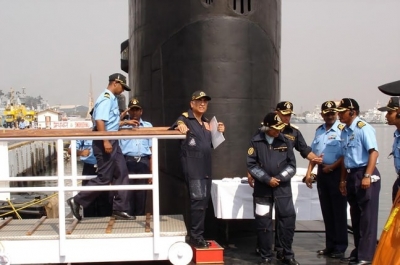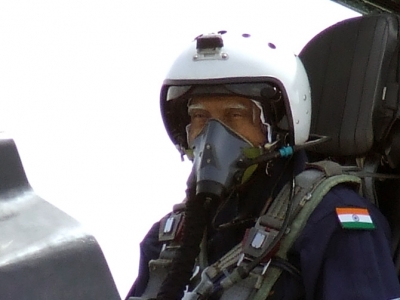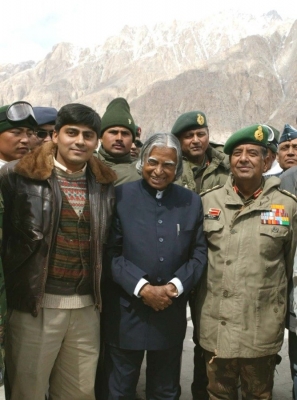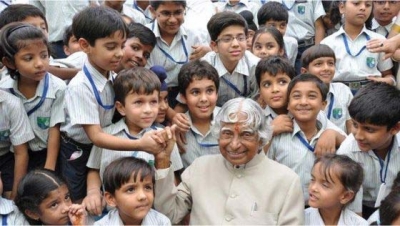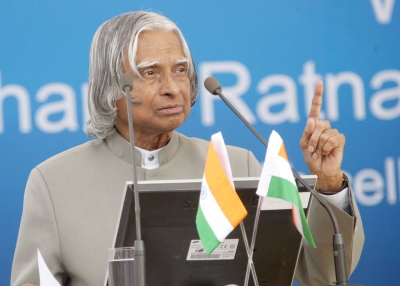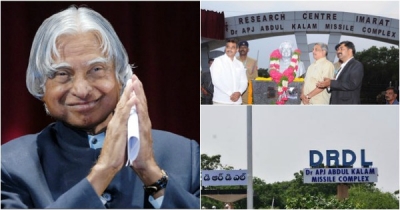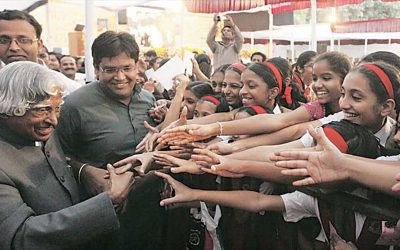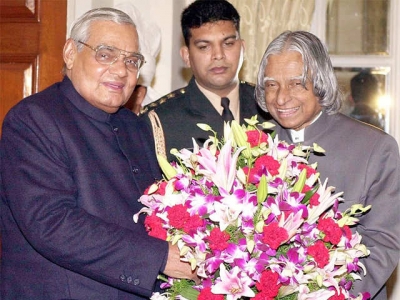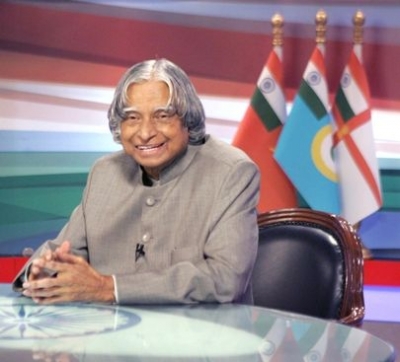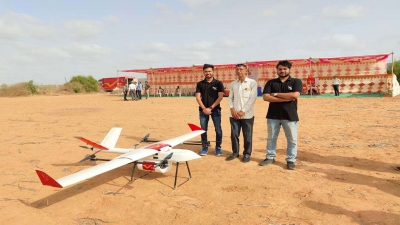
On July 1, we celebrate International Doctors Day. We are ever thankful for their service, and this month, we will look at some of the most bizarre medical cases that doctors encountered and diagnosed or treated successfully. Apples, move aside... these people really need doctors!
Never a worm this long!
Tapeworm infections aren't rare. However, a Chinese man had a tapeworm growing in his intestines for two years after he consumed uncooked meat. When he complained of stomach pain, doctors identified the culprit based on a fragment of the worm in his stools. It turned out that the worm had comfortably grown to a length of six metres (about the size of four humans)! It took an antibiotic to flush the monstrous worm out of his body.
Sudoku + Avalanche = Seizures
Love solving Sudoku puzzles? Good. Just don't overdo it like this guy from Germany. He was once trapped in an avalanche, and after 15 minutes without oxygen, he experienced muscle twitches. Weeks later, when he tried to solve Sudoku puzzles, he developed seizures. The doctors he consulted also observed that his seizures stopped immediately after he stopped trying to solve the puzzles. Brain scans and tests revealed that the culprit was an overstimulated brain triggered by external stimuli (in this case Sudoku). Having stopped solving them, the patient was free of seizures!
Beware of dares
People do silly things when their friends dare them to, as it happened with a guy who swigged nearly a litre of soy sauce! A dash of soy sauce makes chow mein and fried rice taste yummy, but drinking a whole lot of it is a different matter altogether. A litre of soy sauce can contain 150 grams of sodium (or 25 teaspoons of salt). A team of doctors used around six litres of sugar water and spent five hours bringing his sodium levels back to normal.
Generous to a pathological fault
A woman detected a strange change in her husband's personality. He started giving away money and bought candies to give to children on the street. Since he had never been that way before, and was about to give all his money away and become bankrupt, his wife wisely rushed him to the doctors. After analyzing his medical records, the doctors discovered something astounding - a stroke he had suffered recently had disturbed his brain activity and caused a condition of persistent and excessive generosity!
When food deceives you....
Sure, food has a way with us. Who doesn't feel dizzy with joy seeing a plate of hot biryani or the cheesy goodness of a pizza? For a woman it took a twisted turn indeed. She suffered from delusions occasionally. Doctors discovered that she also experienced weight loss and other health issues that appeared to indicate Celiac disease that affects the intestines. It turned out that gluten food was the culprit! When she stopped eating gluten food, her delusions vanished.
The Red Sea emergency
Who would have thought that a swim in the Red Sea could turn out to be problematic? A tourist collided with a school of fish while swimming and thought nothing of it, until he developed a droopy eyelid soon afterwards. Doctors who operated on him removed tube-like structures from his eye and were mystified. On checking with a biologist, it turned out that they were the jawbones of a halfbeak fish (from the aforementioned school of fish that the man collided with in the sea).
Picture Credit: Google
